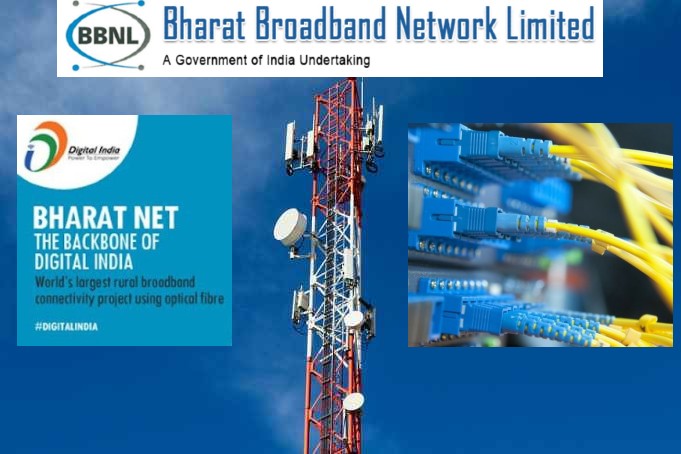When the project was unable to take off initially between 2011-2014, Modi Govt brought it under Digital India initiative, renaming it BharatNet
New Delhi, NFAPost: The BharatNet project, which was first announced in 2010, will now be completed by 2025 after much delay. The Government of India’s ambitious project to connect 2.5 lakh gram panchayats has been caught in procedural issues and lack of inter-department coordination.
Initiated in 2010, BharatNet (then called National Optical Fibre Network) has had a fraught history. The project was unable to take off initially between 2011-2014, after which the Modi Government took the project in its fold as a part of the Digital India initiative, renaming it BharatNet.
For the past decade, the project has been shifting its deadline of completion every few years or so, with the latest commitment promising that the project will be completed by 2025.
In July 2021, it was announced that the project will be completed through a public-private partnership (PPP). The Government of India issued a global tender for private players to take on the project through PPP.
In her Union Budget speech, the Finance Minister stated that the contracts of laying optical fibres in all villages including remote areas will be awarded under the BharatNet Project through PPP (public-private partnership) in 2022-23.
“Measures will be taken to promote better and more efficient use of the optical fibre and export promotion” said Sitharaman.
At present, the total outlay for the much ambitious project would be Rs 61,109 crore, and experts worry that public funds might have been squandered in the process.
R Chandrasekhar ex-Secretary Department of Telecommunications said, “If upwards of Rs 61,000 crore have been spent, then I would imagine that a large area should have been covered. Therefore the pertinent questions here would be, what is the percentage of project that has been completed, and the percentage of areas that have been covered. Even in the areas covered, what is the utilisation of mobile and broadband services? These aspects need to be investigated.”
Chandrasekhar notes however that as long as the disparity between rural and urban mobile and net connectivity exists and telcos do not fill the gap, the project continues to remain pertinent.
5% from USO fund
The finance ministry has also committed 5% of the annual collections under the Universal Service Obligation Fund (USOF) to be allocated to bolster rural connectivity. While the USO fund has been set up to support rural telephony a number of schemes under this fund have been a failure due to a faulty bidding process.
“The USO funds have historically been used for the rural infrastructure roll-out. A 5% allocation towards R&D and commercialization of the technology could help some of the indigenous niche players building up technologies around O-RAN and Private networks,” said Peeyush Vaish, Partner and Telecom Sector Leader, Deloitte India.





